This post may contain affiliate links. Please read our disclosure policy.
Meal planning is a simple and effective strategy for reducing food waste in your kitchen. Here are 10 Ways to Reduce Food Waste With Meal Planning, including practical tips, recipes, and ideas you can implement at home!
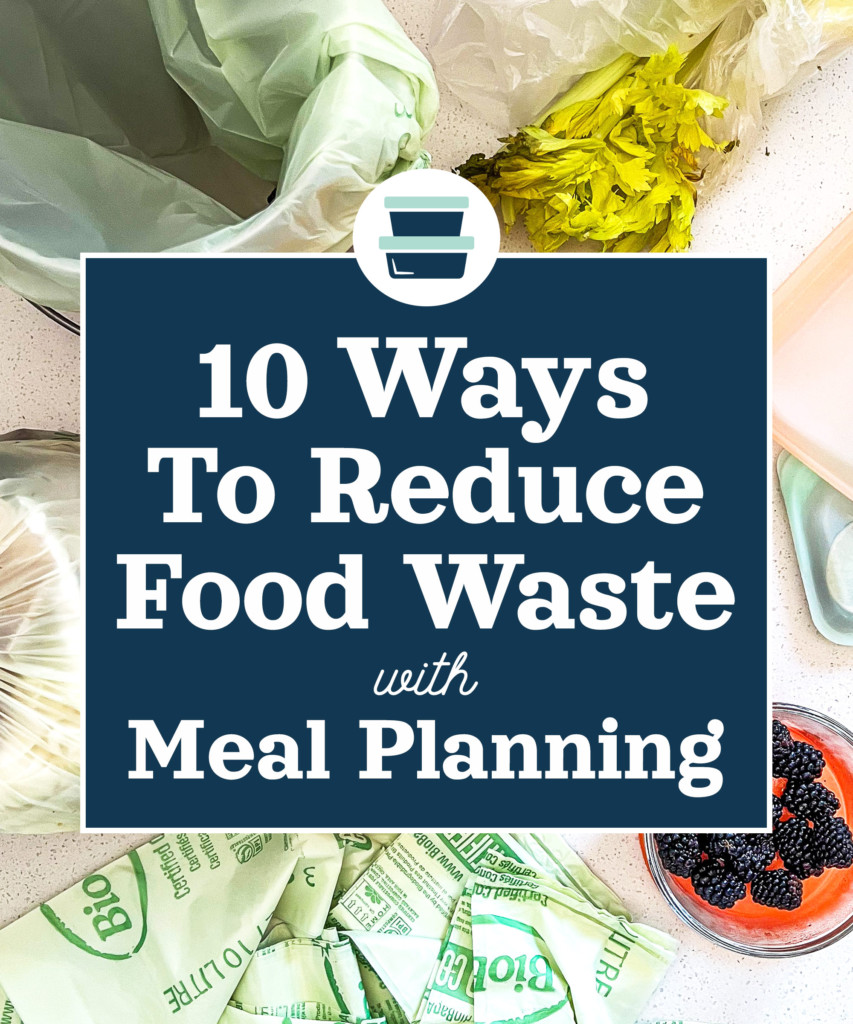
What is food waste?
Food waste is any food that is grown or prepared and then thrown away, instead of being eaten. Food waste can happen at any step of the food chain – from crops being left in fields, to transportation problems, to food thrown away in our home kitchens.
How big of a problem is food waste?
You might be shocked to learn that nearly 40% of all food in America is wasted. I know, right?!
It’s easy to look at a big statistic like that and dismiss it as far away with nothing you can do. But… think about leftover food in your home. How much of it doesn’t get eaten? How much of it is forgotten in the back of the fridge?
Everyone who eats produces food waste. It’s natural! It’s just a matter of how much waste you make, and if any of that could be prevented.
Turns out, there’s a lot you can do in your own home to help reduce food waste. Just think – if you’re throwing away less than 40% of all your food, you’re doing better than the average of the whole country!
Small improvements in our own kitchens can really add up. If you reduce your food waste by even one pound a week, that’s 52 pounds of food saved in a year! It’s possible to make a difference no matter how small the changes.
What are some practical ways we can help? In my opinion, the absolute number one way to help reduce food waste in our home kitchens is meal planning. Having a plan for meals can help in so many ways, but especially with reducing food waste.
What is meal planning?
Meal planning is the simple act of planning and writing down your meals for the week (or month!) ahead of time. It usually involves a little bit of thought, but it can be as simple or as elaborate as you’d like.
Meal planning is beneficial in so many ways, including helping you save time, save money, and reduce food waste. In this article, we’re talking specifically about how to reduce food waste with meal planning. Read all about the importance of meal planning here!
How does meal planning reduce food waste?
The number one way meal planning helps reduce food waste is that planning meals ahead helps reduce the amount of food you need. All of the strategies listed below will help you buy less food overall, in turn reducing your food waste.
Meal planning reduces leftover food, encourages home cooking, and emphasizes enjoying the food you already have on hand, all of which lead to a reduction of food waste in your home.
10 Ways to Reduce Food Waste With Meal Planning
Take inventory so you know what you have on hand.
Knowing what food you already have in your fridge, freezer and pantry is key knowledge for that upcoming grocery store trip. This way, you won’t buy something you already have!
Do a quick visual walkthrough and make mental notes of what’s in your pantry while you check expiration dates. No 6-year old expired pasta here! Taking inventory and checking dates helps you figure out exactly what you have and what needs to be used up first.
Before I go grocery shopping, I like to review the pantry for ingredients in a recipe just to double check if I already have something I need or not. Pantry staples like canned tomatoes, chicken broth, or breadcrumbs are things I tend to forget if I have or not, so I like to double check my supplies before adding stuff like this to my shopping list.
Plan meals around ingredients you need to use up.
While you’re in the pantry checking dates, pull out any ingredients that need to be used up immediately. Make your weekly meal plan involve this ingredient as many times as possible until it’s all used up.
The same method goes for the fridge. If you find something that needs to be used immediately, meal plan all around that item so you can be sure to use it up! Feel free to get a little creative and try new things! You can also freeze portions if needed.
If you can’t think of recipe ideas for specific ingredients, here’s a strategy to try: Head to google or Pinterest and type in “recipes with (your ingredient)”. You should get a list of tons of recipes ideas that all include the ingredient you need to use.
Example: Need to use up mozzarella cheese.
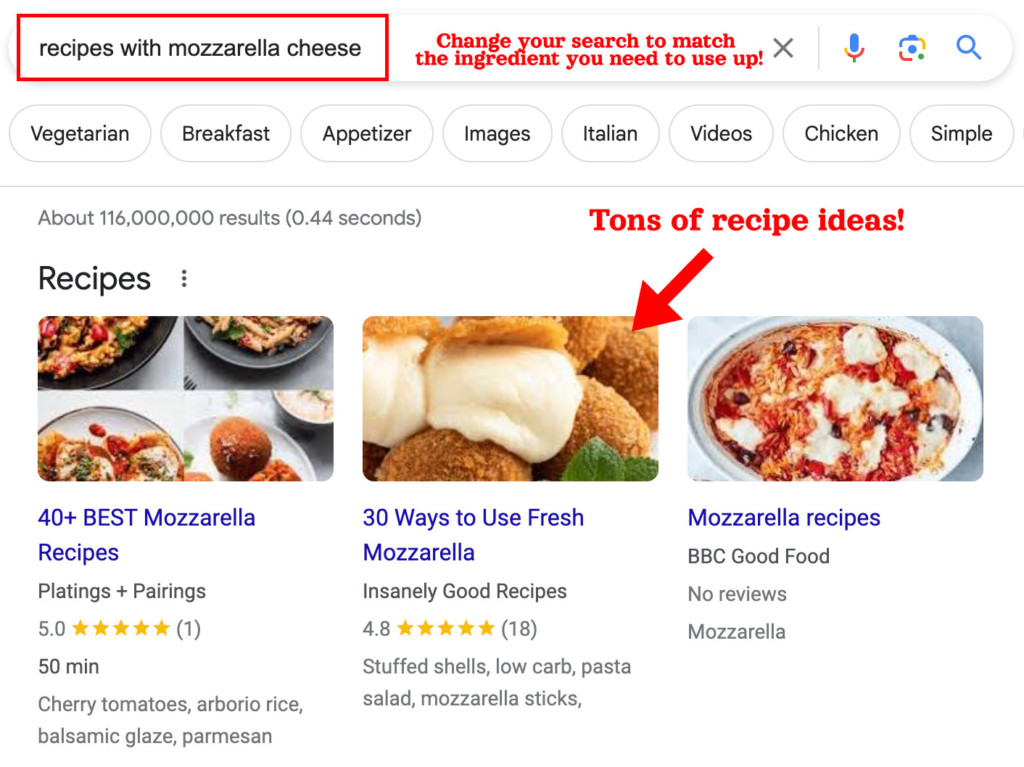
Make a list and stick to it.
I never go to the grocery store without a list! And I always make my list from my meal plan. This helps me purchase only what I need for the meals I planned out, and nothing else.
Sticking to your list keeps you from buying food you don’t need and didn’t plan for. If you tend to have excess food after shopping, this is one you’ll want to work on. Your grocery spending will go down too!
Check out my grocery list template on my free template downloads page!
Choose versatile ingredients to use in several recipes.
Don’t buy something if you don’t think you’ll ever use it again. Especially if you’re just starting out with cooking, stick with ingredients you know you enjoy before experimenting.
It’s always fun to experiment with cooking, but when you buy ingredients you don’t use again, they can end up being wasted. I recommend trying only one new recipe a week when you’re just getting started with home cooking.
Plan around portions – don’t make too much food!
Check how many portions a recipe will make before you buy all the ingredients. Think about how many people you’re feeding and how many days it will last. For example, a recipe that makes four portions will feed two people for two meals a day.
One thing I always used to make too much of: pasta. But then I started weighing out the portions instead of guessing, and now I always make the right amount!
If you have a bigger family, you’ll of course want to find recipes that make larger quantities, or double smaller recipes to get the amount you need. Read my article all about 25 Bulk Meal Prep Ideas For Large Families.
Practice first in, first out (FIFO) when possible.
To extend the life of the food you buy, practice the first in, first out method. This is a simple system for storing food. Various versions of this strategy are practiced in food service and grocery stores, but the same concept can be practiced in your kitchen.
The goal is to first get out what first came in. In other words, use what was here first before using the newer products or ingredients. This way, you’re always keeping the item that has a longer shelf life.
For example, in my home, when I purchase oat milk or almond milk in bulk, I practice this method when I put the boxes away. I move the newer boxes of milk to the back, so the boxes that were there first (first in) can be used first (first out).
Here’s a detailed article all about the First In First Out Food Storage Method!
When in doubt, meal plan from the freezer.
When I need a meal plan idea, I head to the freezer. If I feel like cooking, there’s usually a frozen protein from my Butcher Box subscription which I can use to start a meal. If I don’t feel like cooking, there’s probably some kind of freezer meal I can heat up for dinner.
Checking the freezer for meal inspiration can not only give you a great place to start, but it helps cycle food through the freezer so nothing stays in there for too long. Another time to practice the first in first out method!
Embrace fridge clean out meals.
A fridge clean out meal is a method for using up random tidbits of food from your fridge to create a new and delicious meal. This can be a soup, rice bowl, salad, pasta, quesadilla… you get the idea.
You want to start some kind of base, like salad greens, pasta, or eggs, just to name a few. Next, search your fridge for leftovers. Things like random veggies, leftover chicken breast, cut citrus, can all be used in various fridge cleanout meals.
Here are a few examples of flexible fridge cleanout meals to keep in mind:
Mini Pizzas – If you’ve got any kind of flat bread, you can make mini pizzas. Start with pitas, tortillas, naan or English muffins like in this Mini Pizza Meal Prep. Use pasta sauce, Ranch, pesto or even just some olive oil for sauce, then use up any small leftover amounts of random cheese, veggies and proteins from the fridge.

Oatmeal – Toss in any leftover cut fruit, an apple, peach, or frozen fruit you need to use up, or even the end of a jam or jelly jar. Here’s a base recipe for Stovetop Berry Oatmeal that’s easy to modify.
Green Salad – You can easily craft a big big salad with a base of greens, raw veggies, and a protein. Even leftover lunch meat can create a fabulous chef salad! I always seem to have a cucumber, random carrots, and bell peppers in my fridge. They make the perfect Go-To Chicken Bacon Ranch Salad, but it’s easy to change based on the veggies in your fridge.
Pasta – Sautéed veggies, random proteins like chicken, shrimp, sausage, ground meats for a sauce, endless possibilities all could go with a simple olive oil base and some parmesan cheese over pasta. Any shape of pasta from the pantry can work for this purpose.
Get creative and plan on using leftovers for new meals.
One time, I cooked a packet of cauliflower rice stir fry from Trader Joe’s and then mixed in some leftover cooked breaded chicken while it was cooking on the stove. That’s just the best I could do at the time.
I would never plan on eating this meal, but I had leftover chicken and a packet of frozen veggies I needed to use up. So I was flexible and we enjoyed a random and different meal.
This is just one example of how to be flexible with your meal planning and cooking. Swapping proteins or adding whatever veggies you have instead of ditching a whole recipe can be super helpful in reducing food waste.

In my post How to Cook Chicken For Meal Prep, I talk about three different ways to cook chicken and all the different kinds of meals it can be used for. Leftover chicken is super versatile and an easy protein to batch cook if you’re trying to get more creative with your leftovers meals.
Leave room for leftovers on your meal plan.
This is one of the easier methods on the list – but sometimes forgotten just for how simple it is. It’s important to leave room on your meal plan for leftovers.
While we can try to predict every single portion of every single meal that we plan, it can be pretty difficult to get it exactly right. Leaving a little room for leftovers means that you get a chance to eat everything you cooked, and there’s less food left that doesn’t get eaten.
On my meal plan, this usually means I leave Thursday or Friday, either lunch or dinner, open for what I call “LOFM”. This means Leftovers Or Freezer Meal. Leftovers nearly always get eaten because I plan a spot for it!
Bonus tip: Compost food scraps!
Composting is a great way to reduce the amount of food waste that goes into the trash. Special temperature and environmental conditions are needed for food to turn into compost, and this won’t happen in a landfill. Any food waste diverted from the trash to the compost is a wonderful thing!
Where I live, composting food scraps is actually required by law (yay Seattle!). However, composting simply isn’t an option for everyone, so I’ve included this as a bonus tip. Here’s more info on backyard composting if you’re trying to get started!
How do you feel about reducing food waste? Let me know in the comments ⬇️
Reducing food waste, getting creative with leftovers, and meal planning are all things I could talk about all day. Leave a comment if you have any questions or just want to chat! I want to know which of these tips you’re going to implement first!

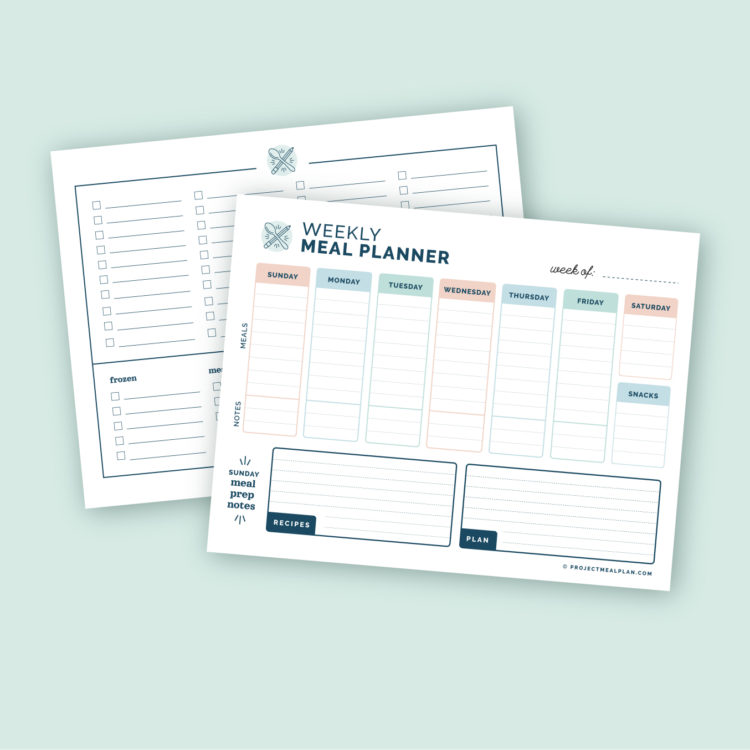
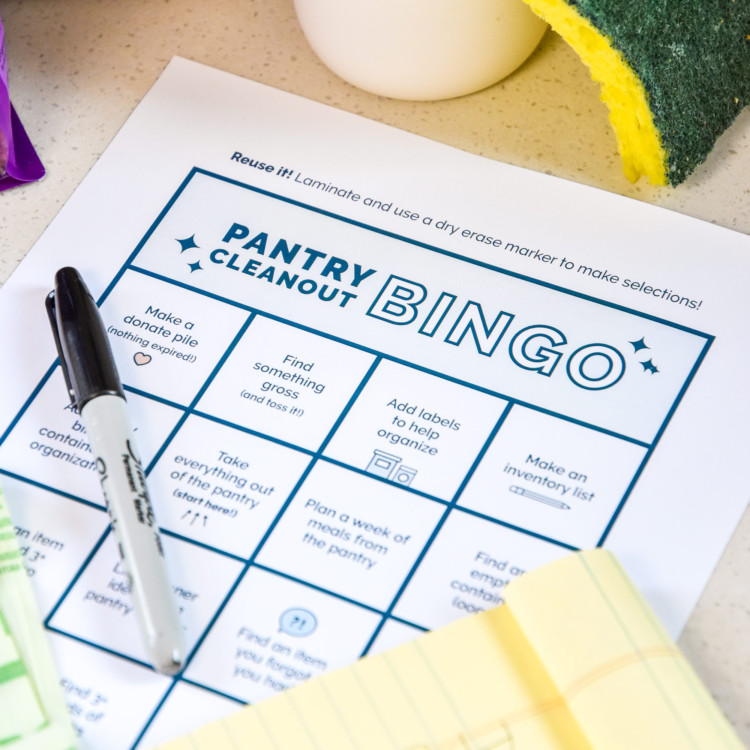
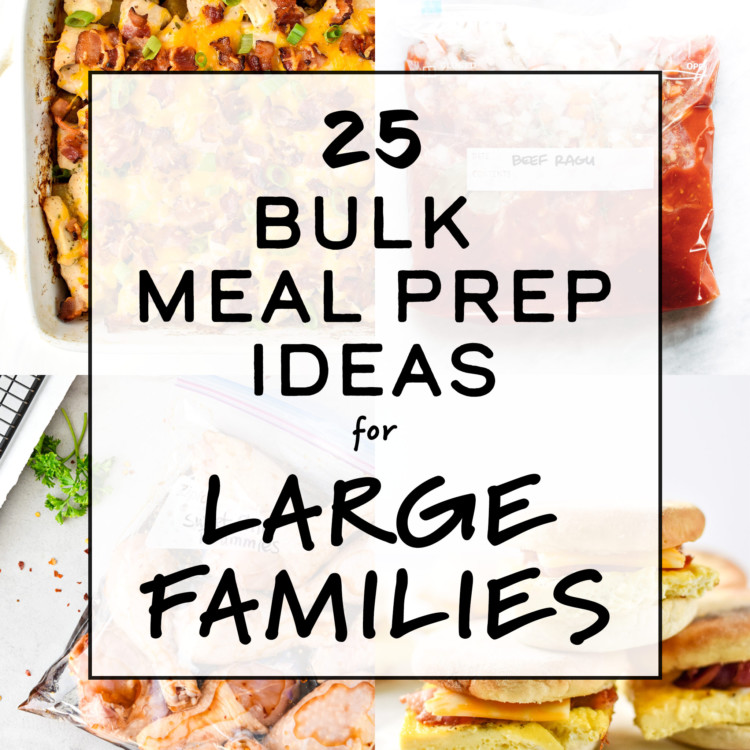



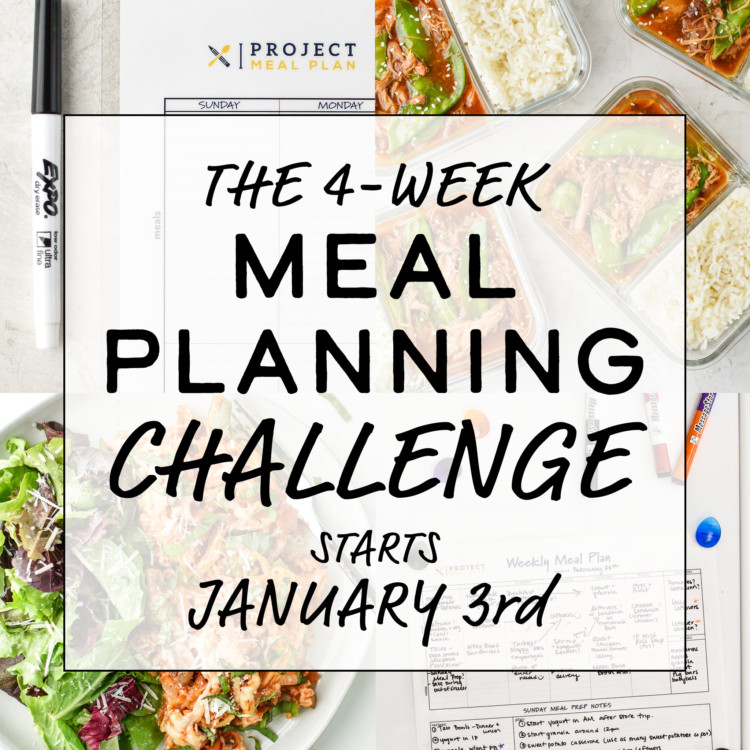
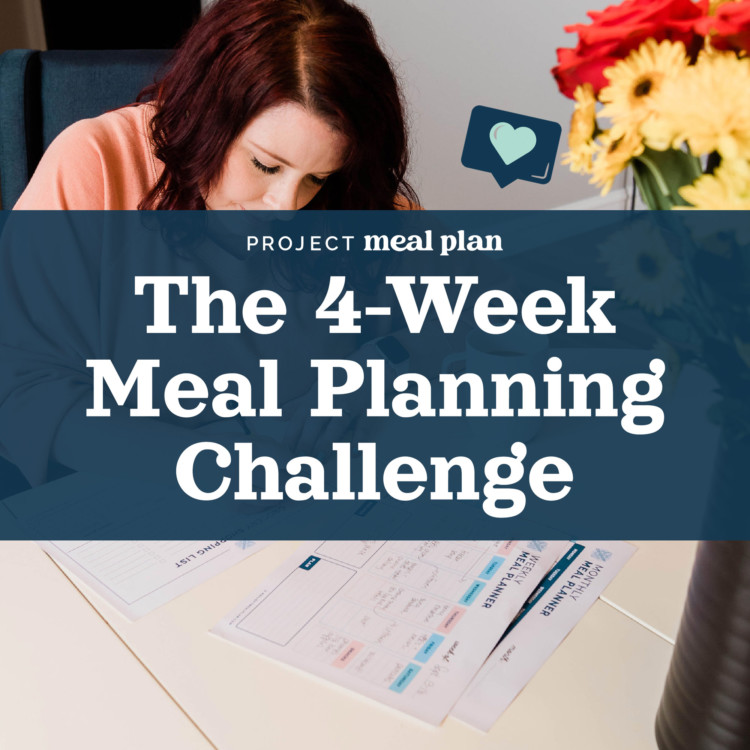
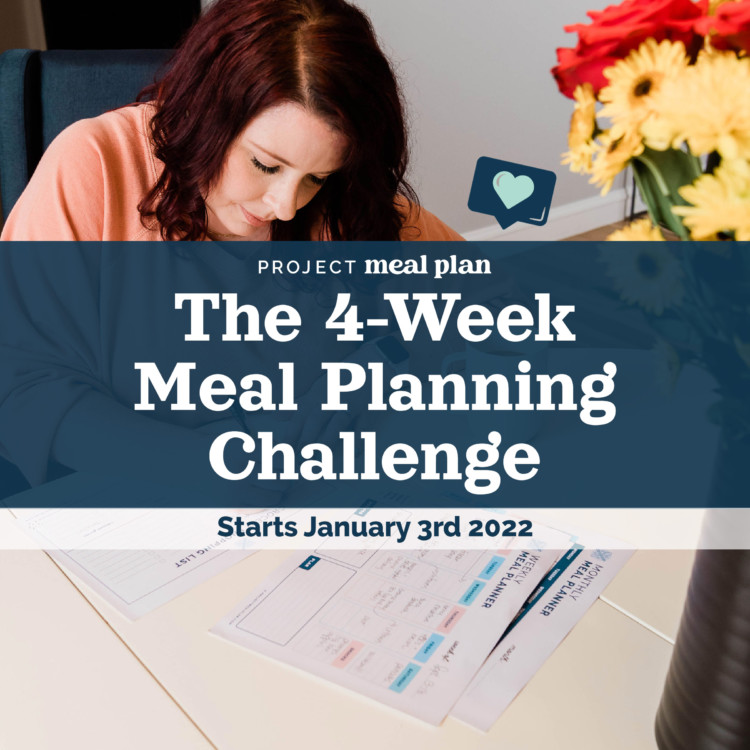

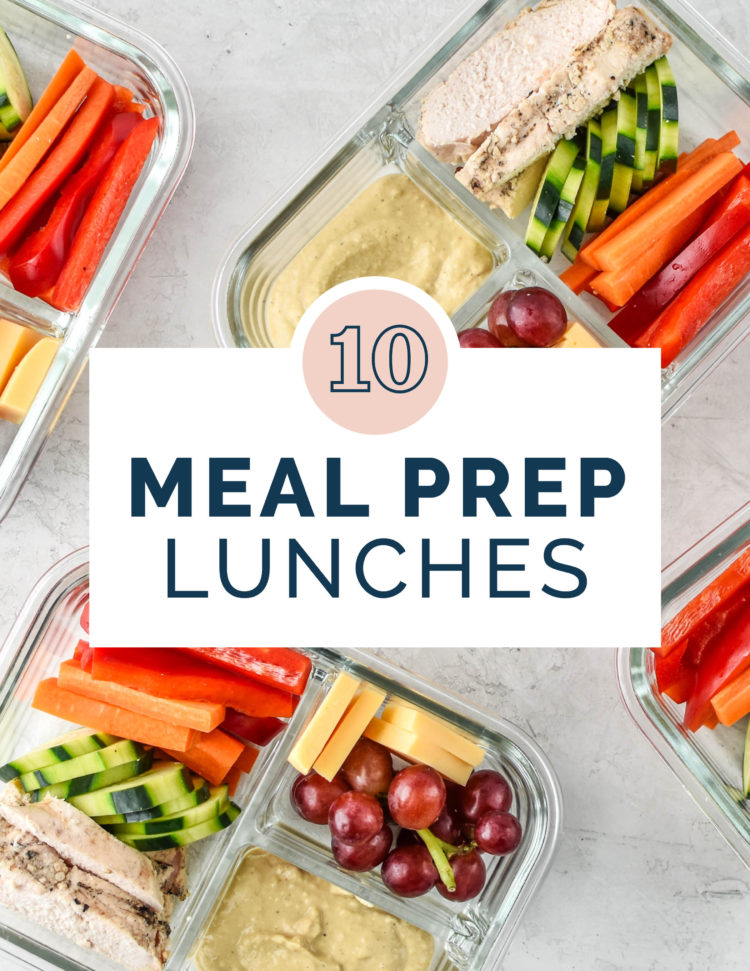
Leave a Comment